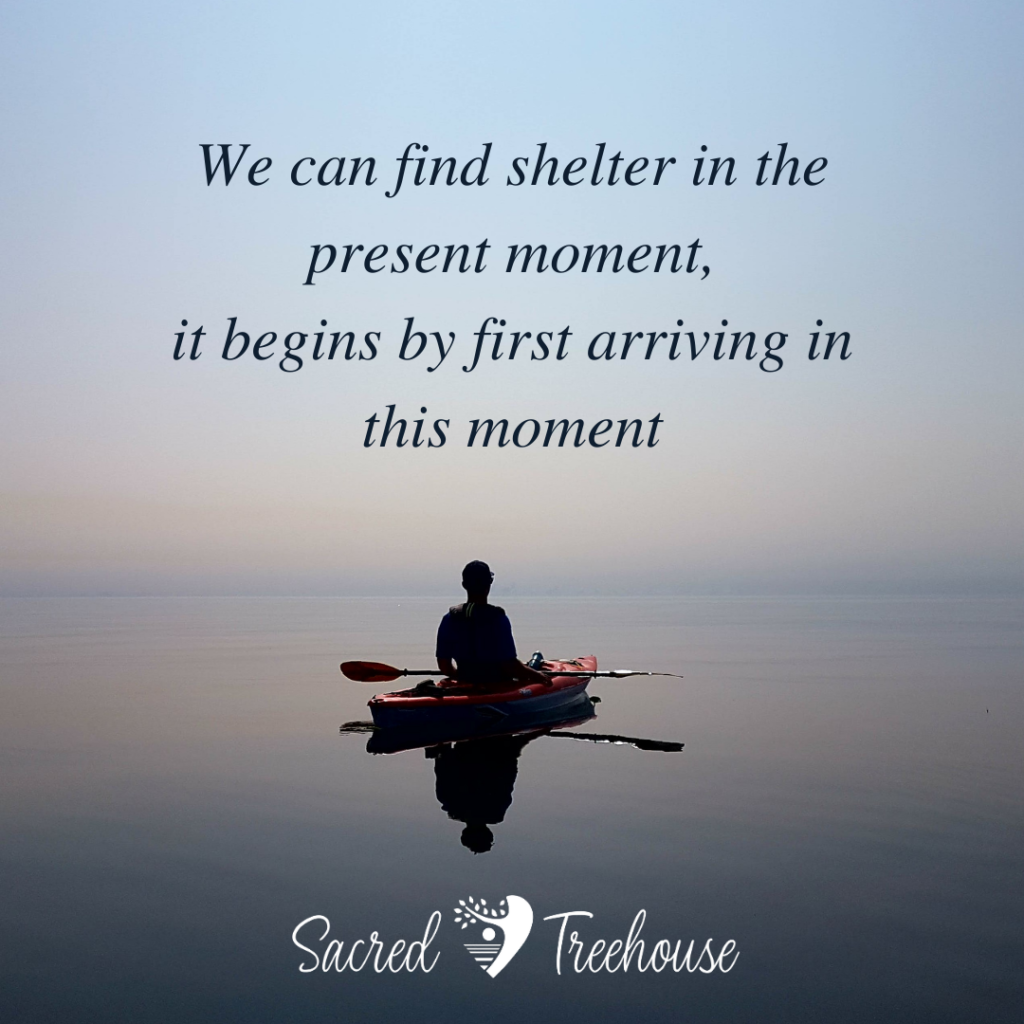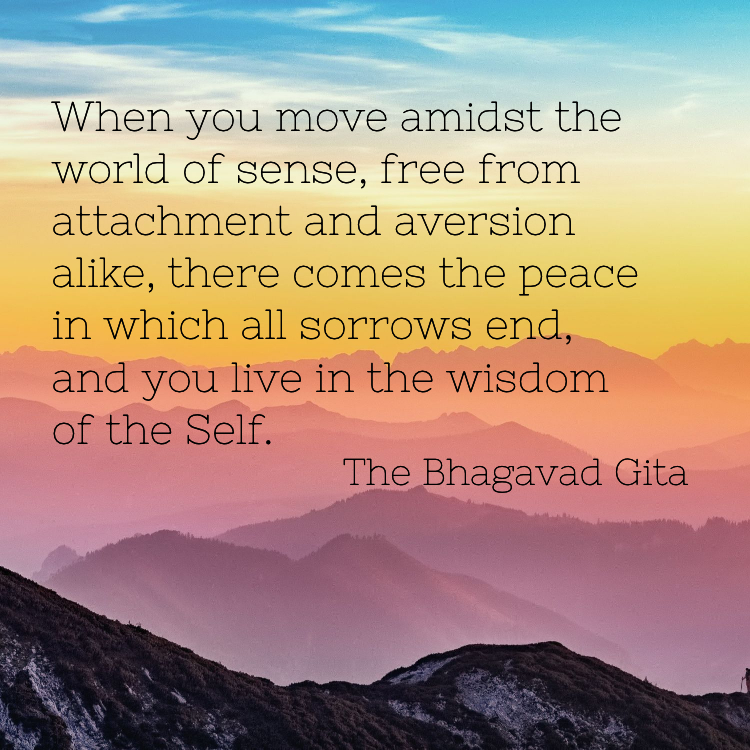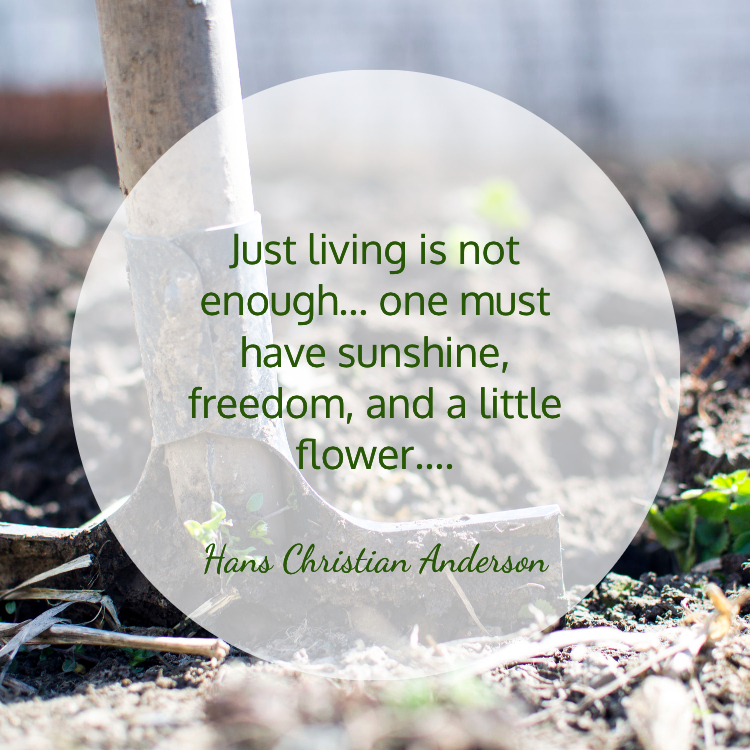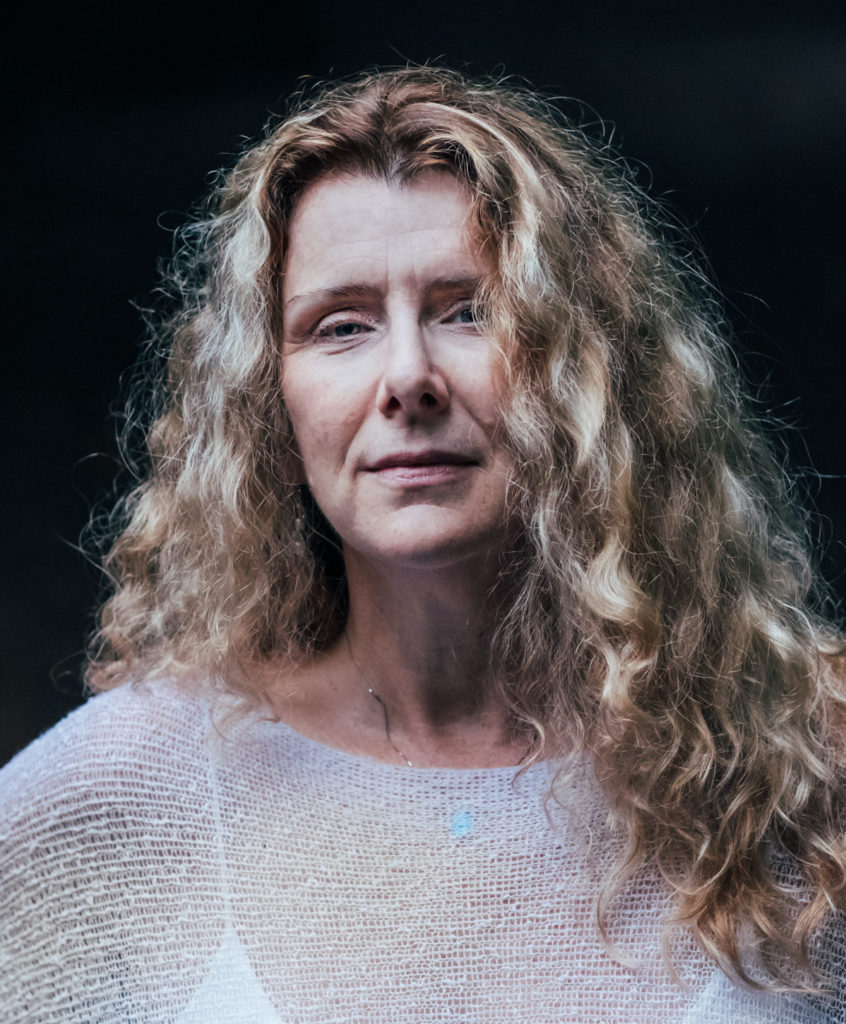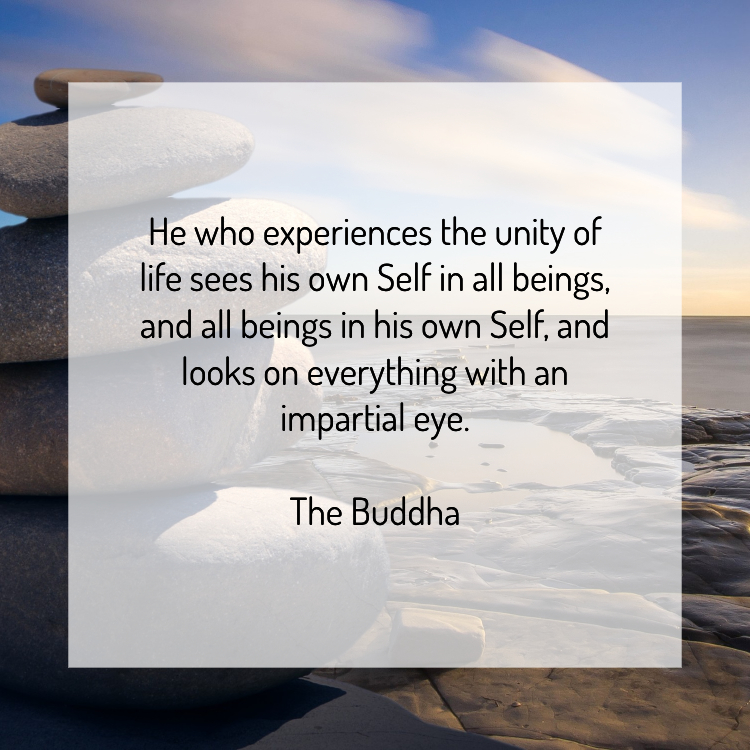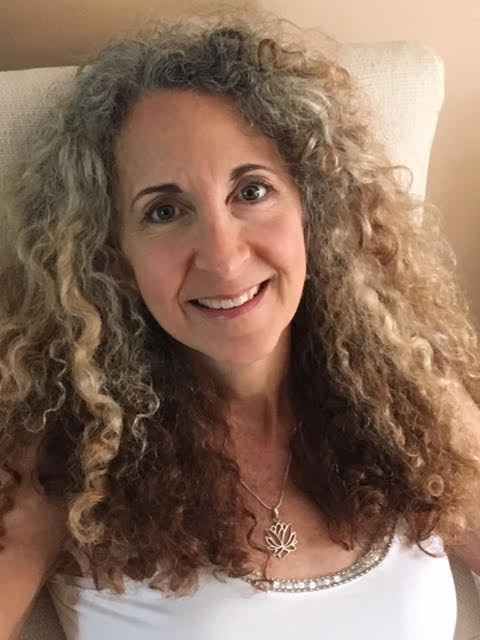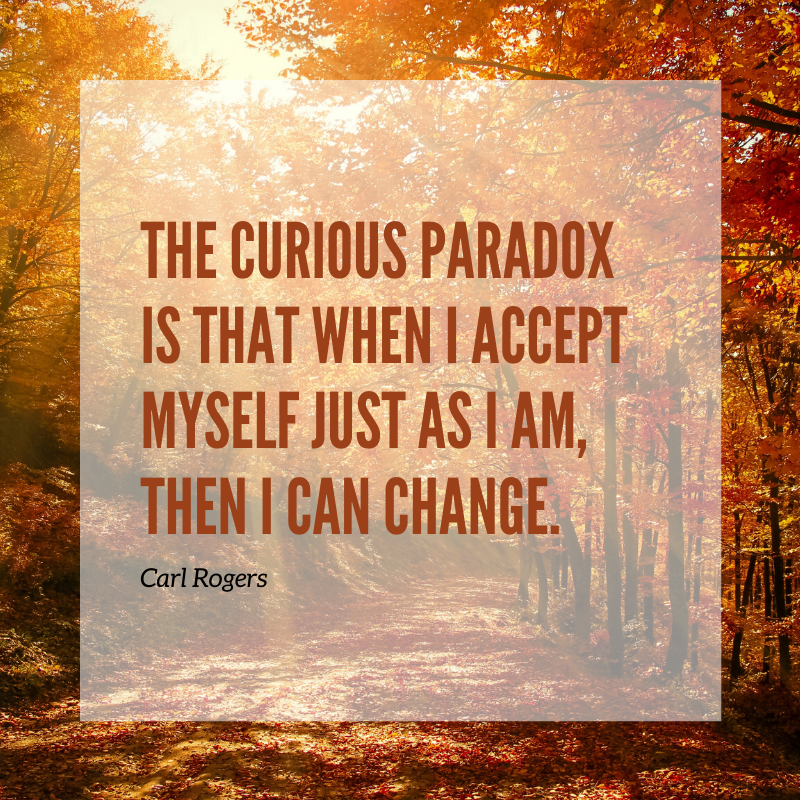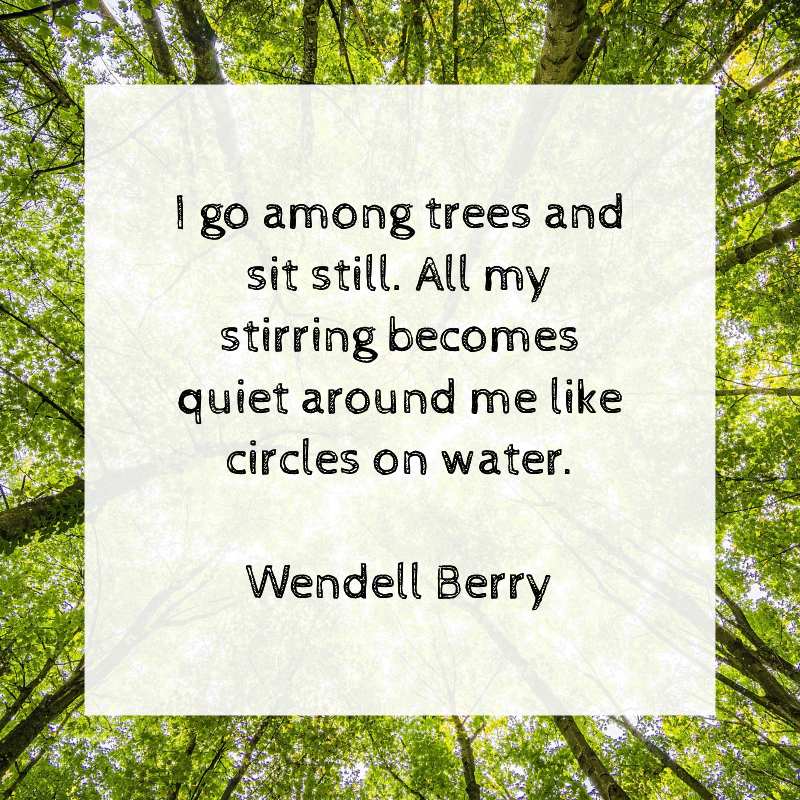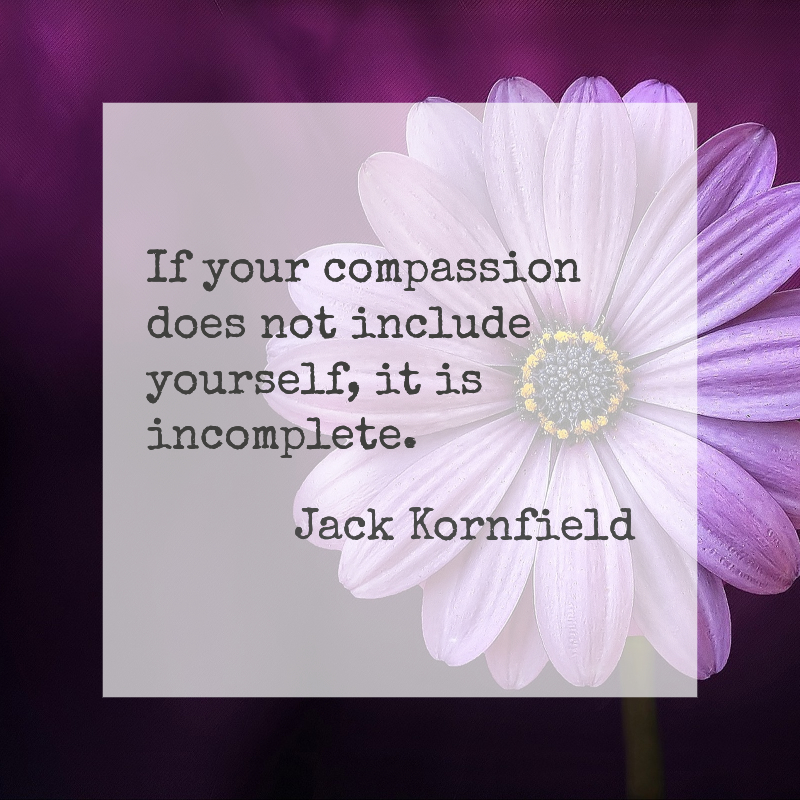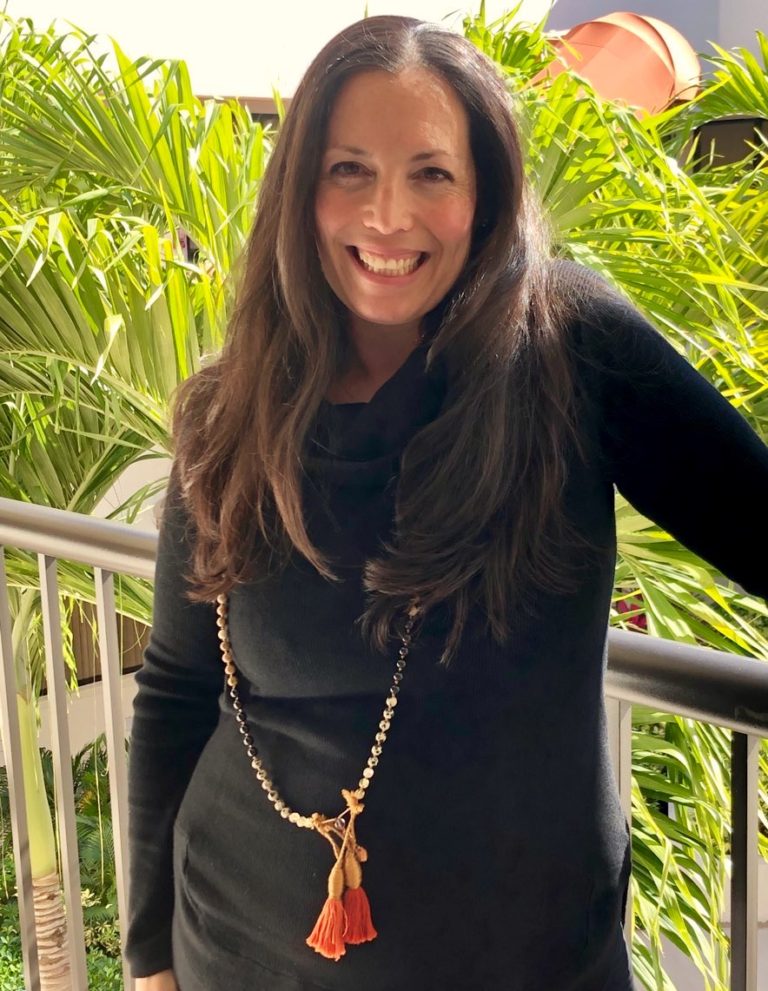When we practice in times of stress, ungroundedness or dis-connection from ourselves, a structured practice such as the “Arriving” practice, can help us re-connect with ourselves in a kind and friendly way. We can also develop resources and support that can help us ground ourselves and stay present during stressful moments during our days, without leaving our present moment experiences. You are invited to practice many of these resources and supports as part of the “Arriving” meditation, and they are also referenced, below.
Traumatic stress is characterized by an overactive fight, flight or freeze stress reactivity following a traumatic, and often life-threatening event. The reactivity in the brain makes it difficult to sit in silence as during those times we often encounter our inner “Fight”–especially towards ourselves in the form of a self-judging or self-critical mind habit. During such times it can be useful to begin our meditation practice with a structured and guided practice such as the Arriving meditation, where we are invited to 1) approach each aspect of our present moment in a structure and guided way; 2) apply resources and supports to help us move in and out of the present moment at a rate we are controlling and that helps us stay grounded and present; and 3) preferencing those aspects of our present moment experience that are in relative ease.
Practicing like this can help us to stay present, as well as aid us in developing a kind and friendly inner relationship to ourselves. It can be wise to end our practice period with a structured and guided practice such as the Lovingkindness meditation, which can aid us to bring ease to a stressed mind.
We can begin our meditation by a three part practice that is grounding, down-regulating to our nervous system and orients us to the here and now:
1) Noticing where we are and when it is and stating this to ourselves. This helps the brain know that we are here, now, instead of some other time or place the mind may be gravitating towards. It helps us to “note” our location and the date as well as looking around before we close our eyes or lower our gaze in meditation. This orients us to this moment.
2) Taking time to notice the touch points and physical support of the body. Noticing the support of the chair, cushion or floor can be helpful to us. Hold your attention steady as you stay with sensations of temperature and texture. Notice the physical support that is being offered by the structures under your body.
3) Taking some deep belly breaths and letting them out with an extended sigh can help to down-regulate our nervous system. If you have more time, walking, yoga, dance or “shaking out” can also be very helpful.
Practicing in times of traumatic stress or overwhelm requires us to use the “steering wheel” and “brakes” of our awareness as well as the “gas pedal”. In general, our practice is to be with whatever is happening while it is happening, in a non-judgemental way–moving towards experience, ie. the gas pedal. However, sometimes judgements come and we aren’t able to skillfully work with them, or our mind is racing towards distressing material. Whatever meditation we are doing, if we are becoming so distressed that we are losing our ability to be mindful–to be present–it can be helpful to steer our attention to another part of the present moment. There’s no need to push anything away or deny anything, we are simply drawing our attention to something else that is also happening–using the steering wheel.
It can also be helpful to use the brakes and stop and pause–by opening eyes, stretching, taking deep breaths, or sitting or standing if we are laying down.
As we do the arriving practice and move through the different domains of the present moment, after we have noted, named and experienced our experience including the unpleasant, we can bring our attention to rest on what is most pleasant, comforting, alive or easeful in each domain.
Often when we are stressed we attempt to fix ourselves by challenging ourselves with what is the most difficult–believing this might be the most helpful. What is actually most helpful is to allow ourselves to notice where the ease is–in our breath, in our body, in the emotions, in the mind, in this moment in its entirety–and let our attention rest there. In this way we can find shelter in the present moment itself.
With Compassion,
Trish
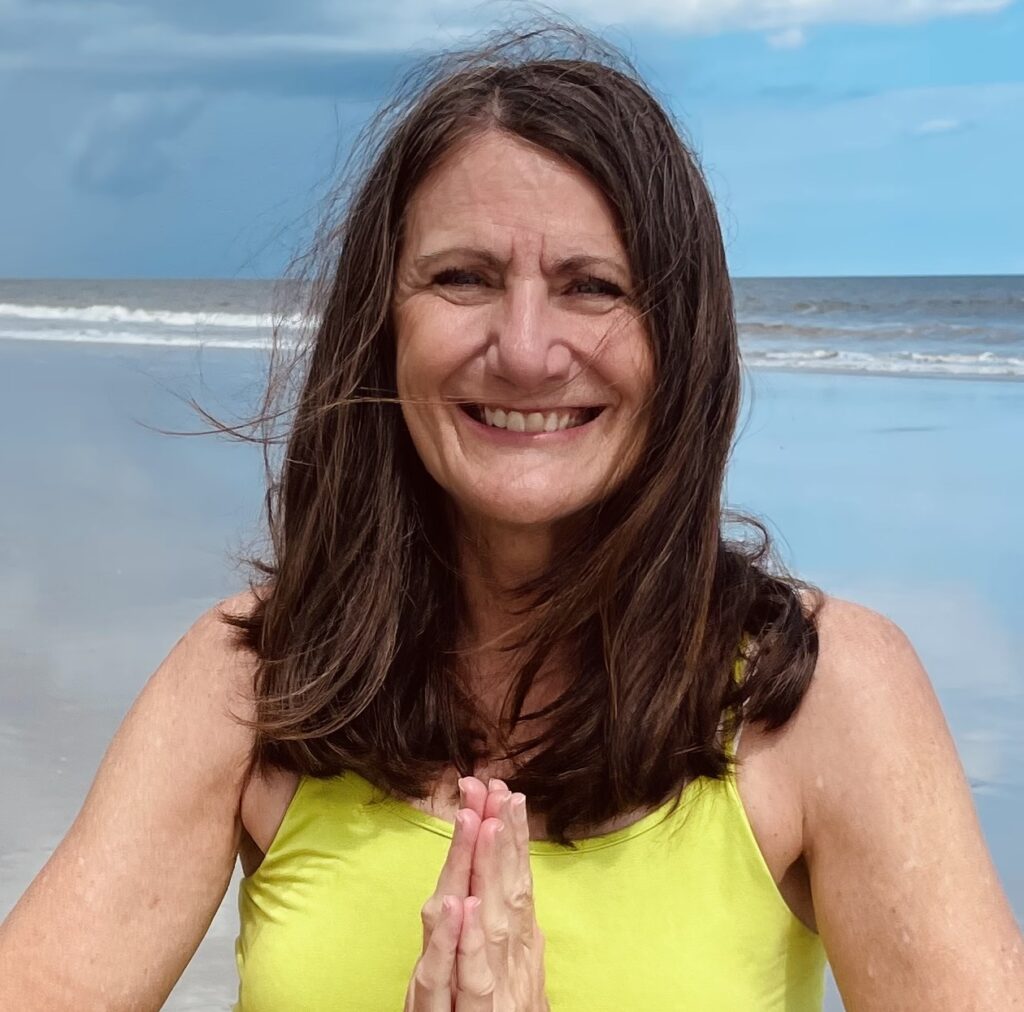
Trish Magyari, MS, CGC, MS, LCPC is a Certified MBSR teacher, MBSR Mentor, Certified MSC teacher, retreat leader and licensed mental health counselor in private practice. She has taught the MBSR course over 100 times since 1999, and completed the highest level of MBSR training in 2000. In addition to courses for the general public, Trish has also taught MBSR courses for health and mental health practitioners, for school teachers, for those with chronic pain conditions, for those with cancer, those who are grieving, and for those with a variety of mental health conditions, especially anxiety, depression and PTSD. She is a pioneer of the field of trauma-informed mindfulness. It is her calling to help others reclaim their wholeness and their joy through the practices of mindfulness and self-compassion.

